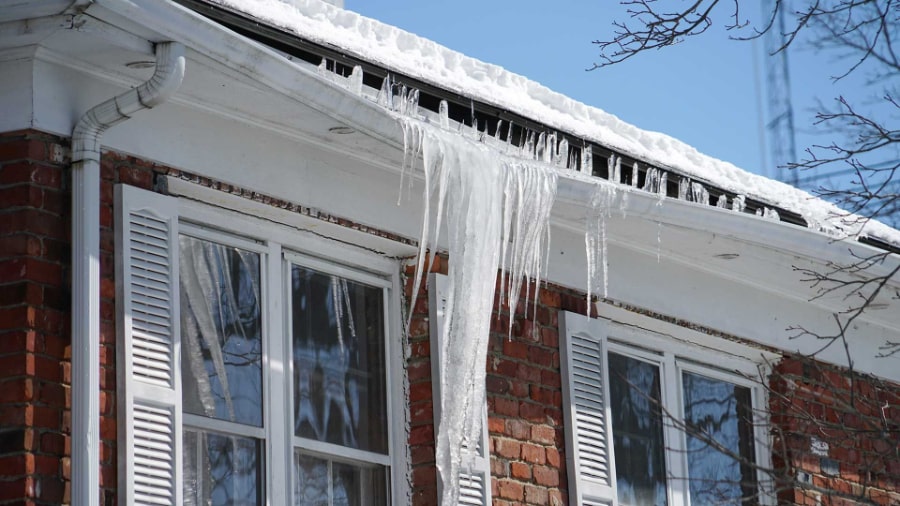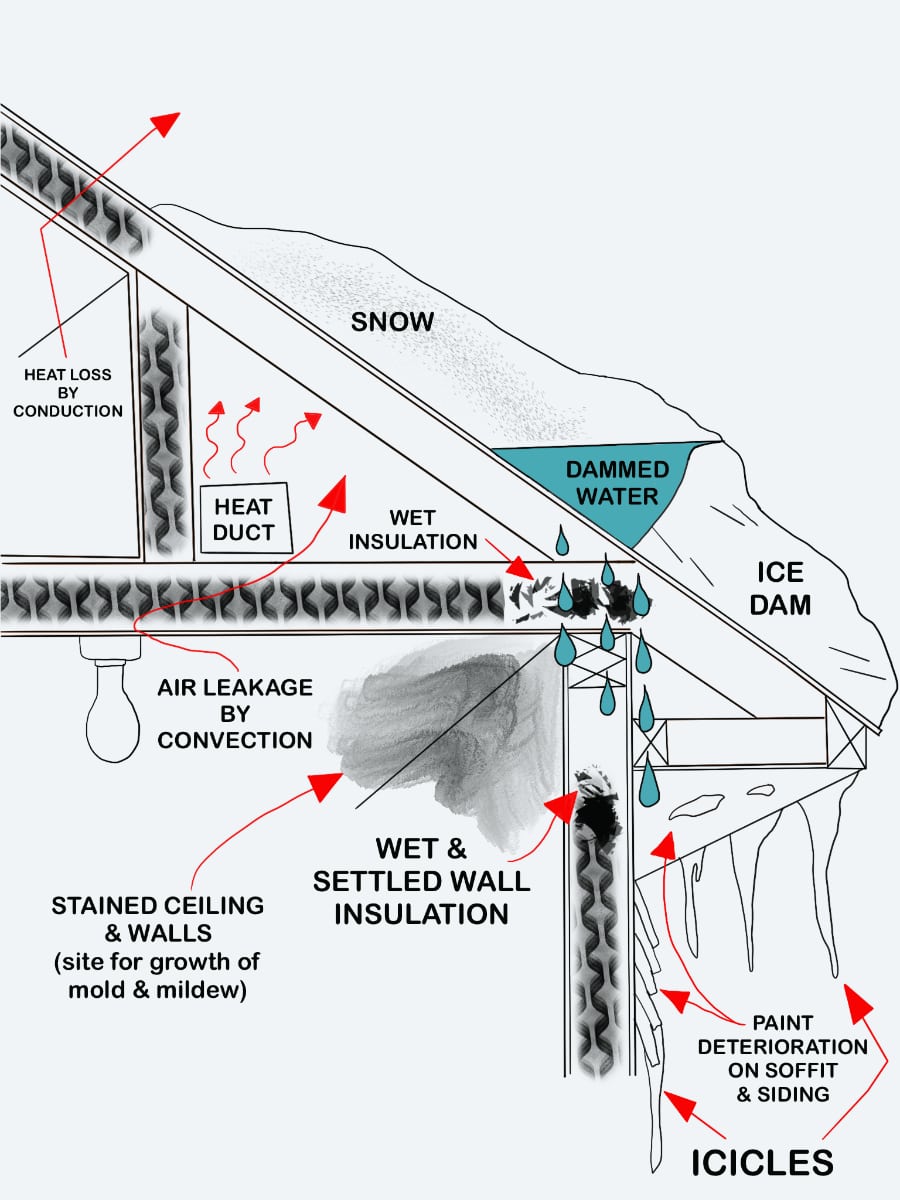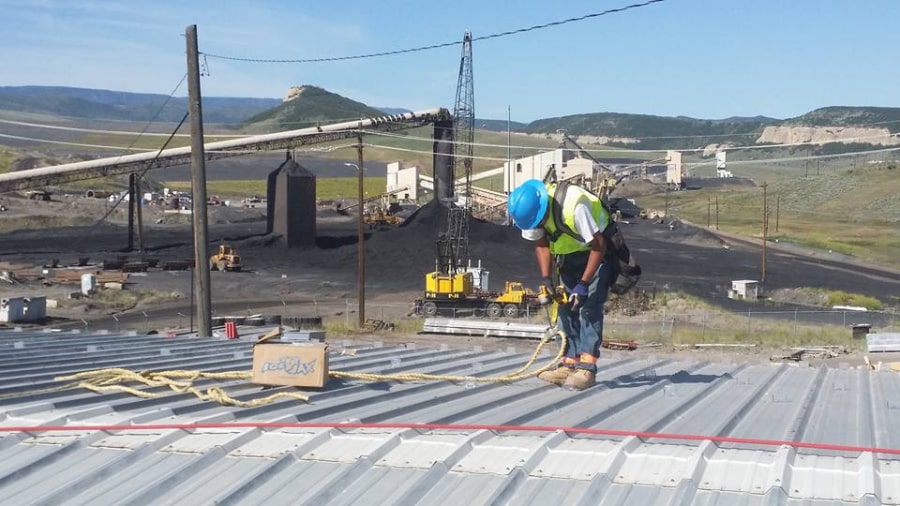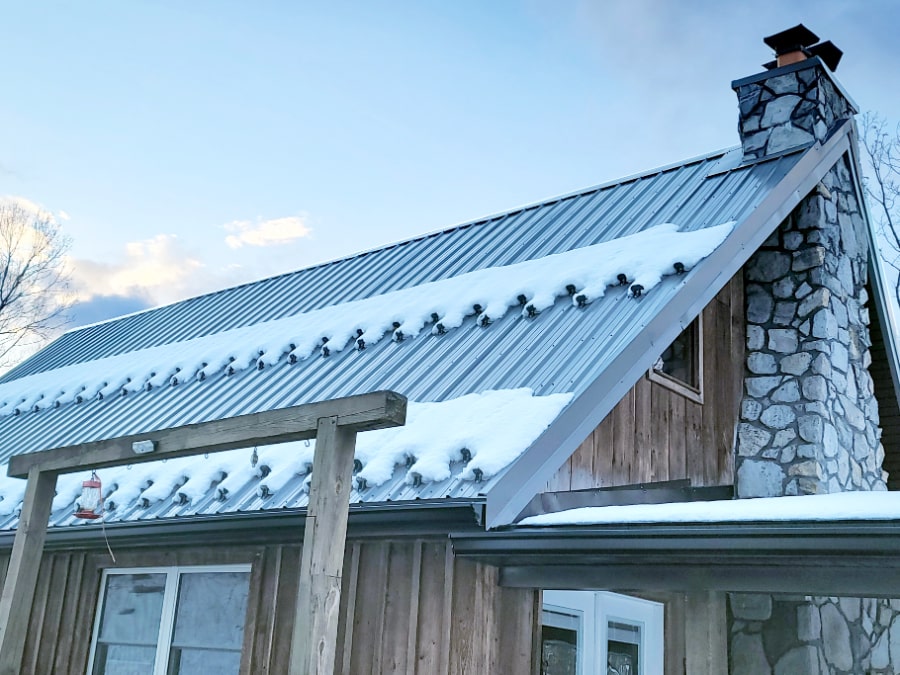Dispelling Myths: Do Snow Guards Cause Ice Dams?
Posted by Derek Gamble - SnoBlox-Snojax Specialist on Dec 5th 2023

Snow guards are a common sight on many roofs, especially on slippery metal roofs and those roofs in regions prone to heavy snowfall. These often metal or plastic devices are installed to prevent the sudden and potentially dangerous release of accumulated snow and ice. Examples of these snow retention systems include pad-style snow guards that can be glued down or screwed down depending on the roof panel, clamp-on snow guards for standing seam roofs, and snow rail systems that can be configured to work with just about any roof type. A common question that we get asked is whether snow guards can inadvertently contribute to the formation of ice dams. In this blog post, we will explore the relationship between snow guards and ice dams, debunk some myths, and understand the proper role of snow guards in maintaining a safe and functional roof during the winter.
What are snow guards?
Snow guards are devices installed on roofs to manage the controlled release of snow and ice. When properly installed, they are strategically placed along the entire length of the roof edge and often require multiple rows up the slope. This helps to distribute the weight of the snow and ice load evenly across the entire roof surface. An improper installation with an inadequate amount of rows can allow snow and ice to collect only at the bottom edge and can contribute greatly to the formation of ice dams. Check out our spacing guidelines page for more information about the layout you should be using for your project. The primary purpose of snow guards is to prevent large sheets of snow and ice from sliding off the roof suddenly, which could pose a threat to people, animals, and property below. This is often referred to as a roof avalanche.
There is a misconception among some homeowners that snow guards may cause or contribute to the formation of ice dams. However, it's essential to clarify that the primary function of snow guards is to prevent the uncontrolled sliding of snow, not to create conditions conducive to ice dam formation.

What are ice dams?
Ice dams often form when warm air from the interior of a building rises and melts the snow on the roof. The melted snow then flows down the roof until it reaches the colder eaves, where it refreezes. Over time, this process can create a barrier of ice at the edge of the roof, preventing proper drainage and potentially leading to water damage inside the structure.
To address the root causes of ice dams, it's crucial to focus on proper insulation and ventilation. Adequate insulation in the attic helps maintain a consistent temperature on the roof, preventing localized melting and refreezing. Proper ventilation ensures that cold air circulates, preventing the buildup of warm air that contributes to snowmelt.

Proper snow guard installation is vital!
When installed correctly, snow guards should not interfere with the natural flow of melting snow and ice. It's essential to consult with a roofing professional to determine the appropriate type and placement of snow guards for your specific roof. The design of the roof plays a crucial role in the effectiveness of snow guards and the prevention of ice dams. Factors such as roof pitch, slope, and panel design need to be taken into account during the design and installation processes. A well-designed roof, coupled with strategically placed snow guards, can work harmoniously to protect both the roof structure and the surrounding environment.

In conclusion, snow guards themselves do not cause ice dams. When designed and installed correctly, snow guards play a vital role in preventing the sudden release of snow and ice, enhancing safety for occupants and property. The key to preventing ice dams lies in addressing the root causes, such as proper insulation and ventilation. Homeowners should work with roofing professionals to ensure the appropriate installation of snow guards and the implementation of comprehensive strategies to protect their roofs during winter conditions. By dispelling myths and understanding the proper role of snow guards, homeowners can confidently embrace these devices as valuable tools in maintaining a secure and efficient roofing system.

